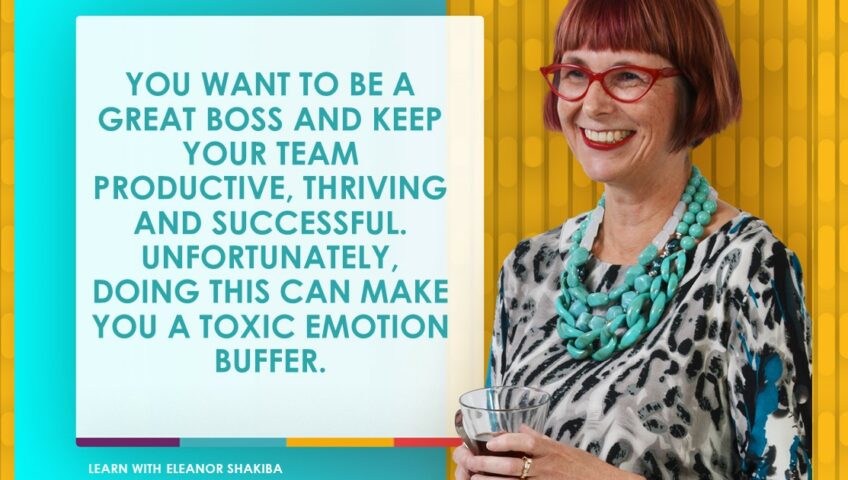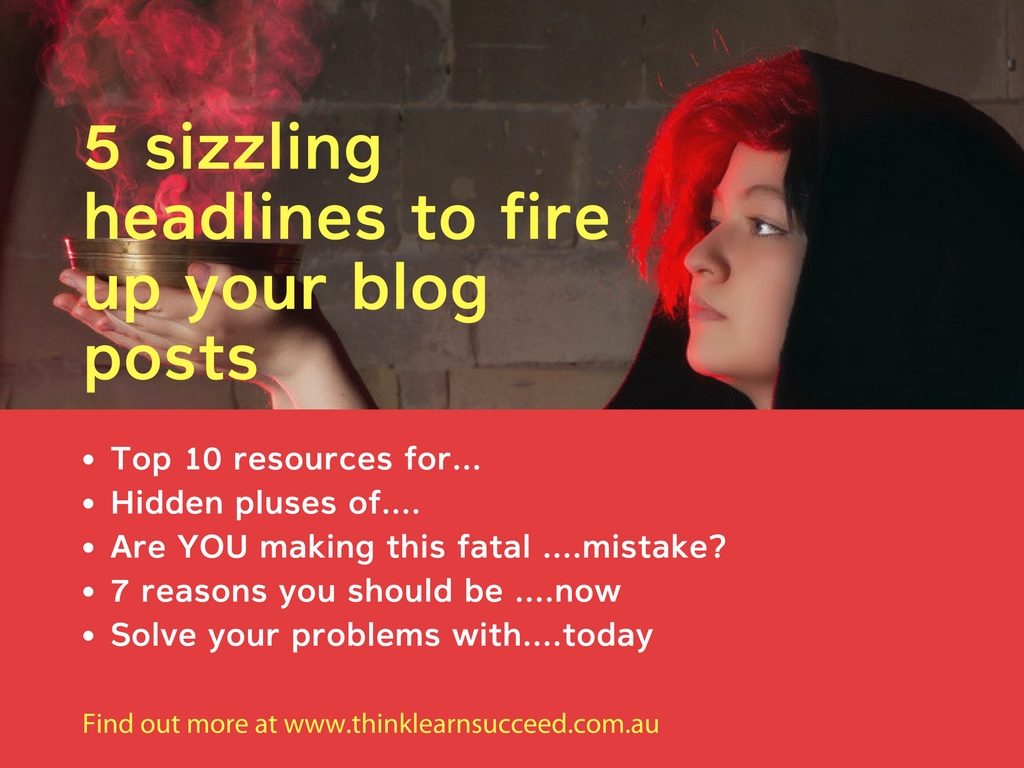Eeek. I was recently asked how long I’ve been teaching professionals how to deal with difficult colleagues. The answer was 28 years. In all that time, people problems have never gone away. Toxic bosses and nasty colleagues are still the leading causes of stress at work. Three types of difficult people get mentioned more than any others: idea thieves, energy vampires and backstabbers. These characters star in almost every tale of office woe that I hear. So, I decided to share some tips on handling them.
Next, let’s look at energy vampires. These are people who suck out all the positive energy out of a room. They’re so negative, they can drain the motivation of even the most positive team. To protect yourself from their contagious moods, try using the ‘vampire shield’ technique. Imagine you have a solid wall around your workstation and the energy vampire is on the other side. No matter how hard they try to lob negative comments your way, their words just bounce back to them. It also helps to minimise contact with them, especially when there’s no-one else around.
Finally, let’s talk about backstabbers. It’s frustrating to have somebody bad mouth you in public or give distorted reports to your boss, isn’t it? So, what can you do about them? The best way to handle backstabbers is to expose their tactics. The simplest way to do is by asking questions such as “What evidence did they give you?” or “Can you give me an example of that?” when a backstabber’s opinion is reported back to you as fact. This exposes their tactics without baking you seemed concerned. After all, if something isn’t true, there is no reason to give it lots of attention.
Free e-book and video tips.Get your copy today!
|
|
Remember, too, that difficult people give you an opportunity to shine at work. Staying calm and reasonable in response to their tactics will make you look confident and focused. It will also make you stand out as management material, because emotional intelligence (EQ) is not something everyone possesses. Great leaders, though, always have high EQ.
I hope these tips help you deal with difficult colleagues and protect yourself from office pests. To find out more, subscribe to my blog, sign up for one to one coaching with me or attend one of my upcoming workshops. Until then, stay safe and pest-free!
This article was created by Eleanor Shakiba
Eleanor is a leadership trainer and success coach. Her mission is inspiring talented people to become leaders who make a difference. Since discovering her passion for training and development, Eleanor has trained more than 60,000 people. She delivers face-to-face workshops for corporates, online masterclasses for leaders and Positive Psychology retreats for trainers, HR practitioners and leaders.











